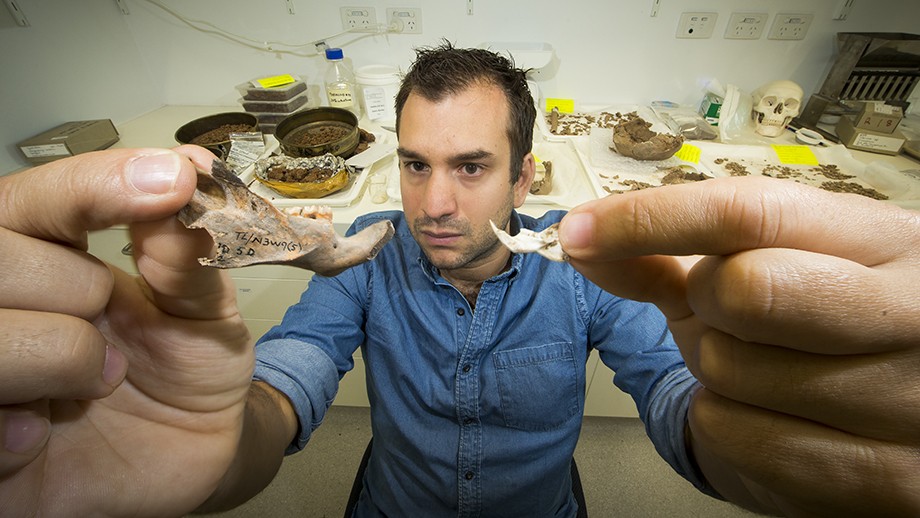-
Tips for becoming a good boxer - November 6, 2020
-
7 expert tips for making your hens night a memorable one - November 6, 2020
-
5 reasons to host your Christmas party on a cruise boat - November 6, 2020
-
What to do when you’re charged with a crime - November 6, 2020
-
Should you get one or multiple dogs? Here’s all you need to know - November 3, 2020
-
A Guide: How to Build Your Very Own Magic Mirror - February 14, 2019
-
Our Top Inspirational Baseball Stars - November 24, 2018
-
Five Tech Tools That Will Help You Turn Your Blog into a Business - November 24, 2018
-
How to Indulge on Vacation without Expanding Your Waist - November 9, 2018
-
5 Strategies for Businesses to Appeal to Today’s Increasingly Mobile-Crazed Customers - November 9, 2018
Mega rodents: Researchers discover largest rat species
The archeoligist researchers found a rat fossil in East Timor, which is ten times bigger than normal rats.
Advertisement
Scientists recently uncovered a giant rat fossil similar to the size of a small dog, where this new study claims that rats can grow as large as a cow, under the ideal set of conditions.
Julien Louys of the ANU School of Culture, History and Language, stated that the fossils discovered reveal something that can be termed as mega-fauna. “The biggest one is about 5 kg, the size of a small dog”.
The largest ever rodent is known as the Josephoartegasia monesi that apparently weighed more than a ton and its size was comparable to a bull. The extinct rodent is the modern day version of the capybara which is a modern day rat roughly the same size of a sheep.
The research was undertaken as part of the Sunda to Sahul project that is looking at the earliest human movement in these species. The earliest records of humans in the area date back to around 46,000 years ago and they believe they would have lived with and eaten these giant rats for thousands of years.
Louys said that it is evident humans ate these rodents because researchers found bones with cut and burn marks.
Dr. Louys holding the jaw bone of a giant rat species discovered on East Timor, and comparing it with the same bone of a modern rat. In another hand, he is holding the same bone of a modern rat for comparison. Researchers are now turning their focus to determining the exact cause of death of these rats. “The amusing thing is that they were co-existing up until about a thousand years ago”.
Another reason quoted by researchers was that during that time, metal tools were introduced in Timor and it enabled people clear forests easily than they did without tools. Their activities and impact on the ecosystem could prove valuable to conservation efforts being implemented today to save endangered animal species.
“We’re trying to find the earliest human records as well as what was there before humans arrived”, Dr. Louys said in the release. “Once we know what was there before humans got there, we will see what type of impact they had”.
Advertisement
“It’s not the presence of human hunters using traditional weapons that’s causing the extinctions of these giant rats”, he said.




























